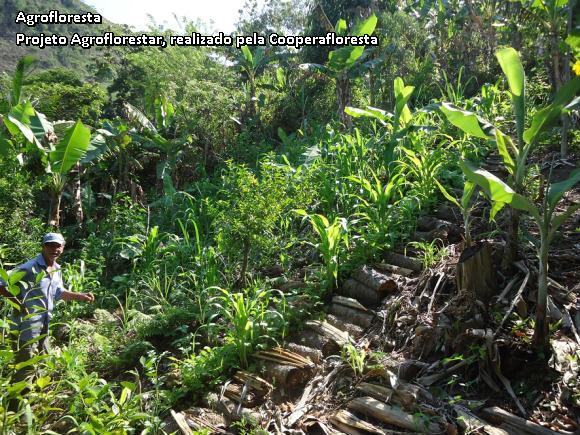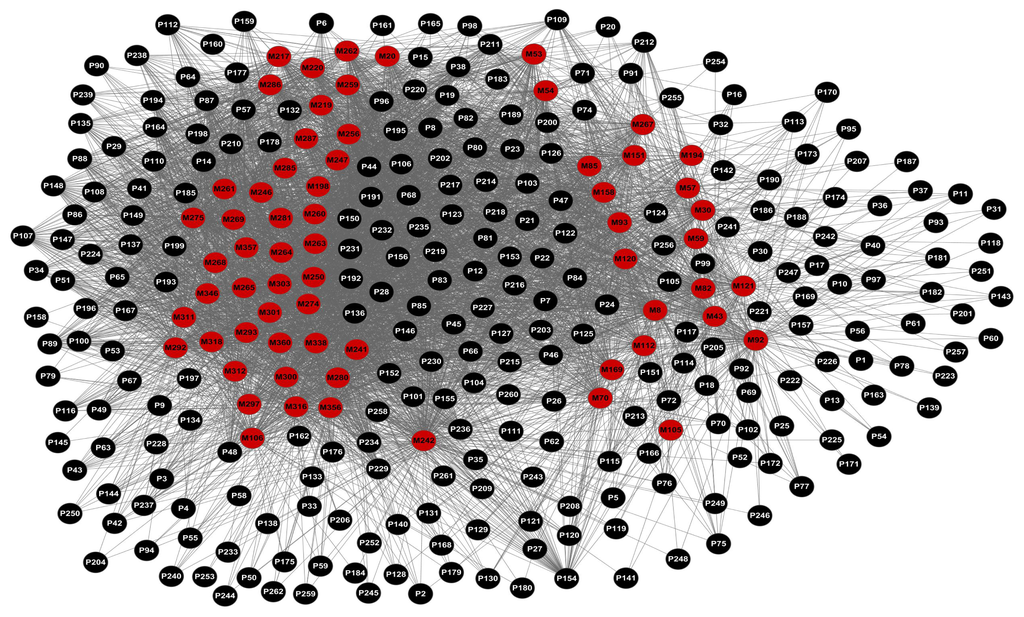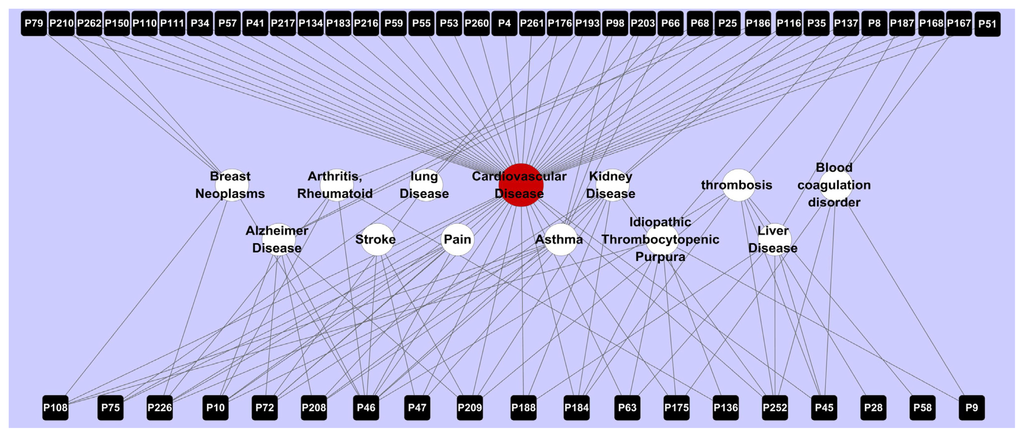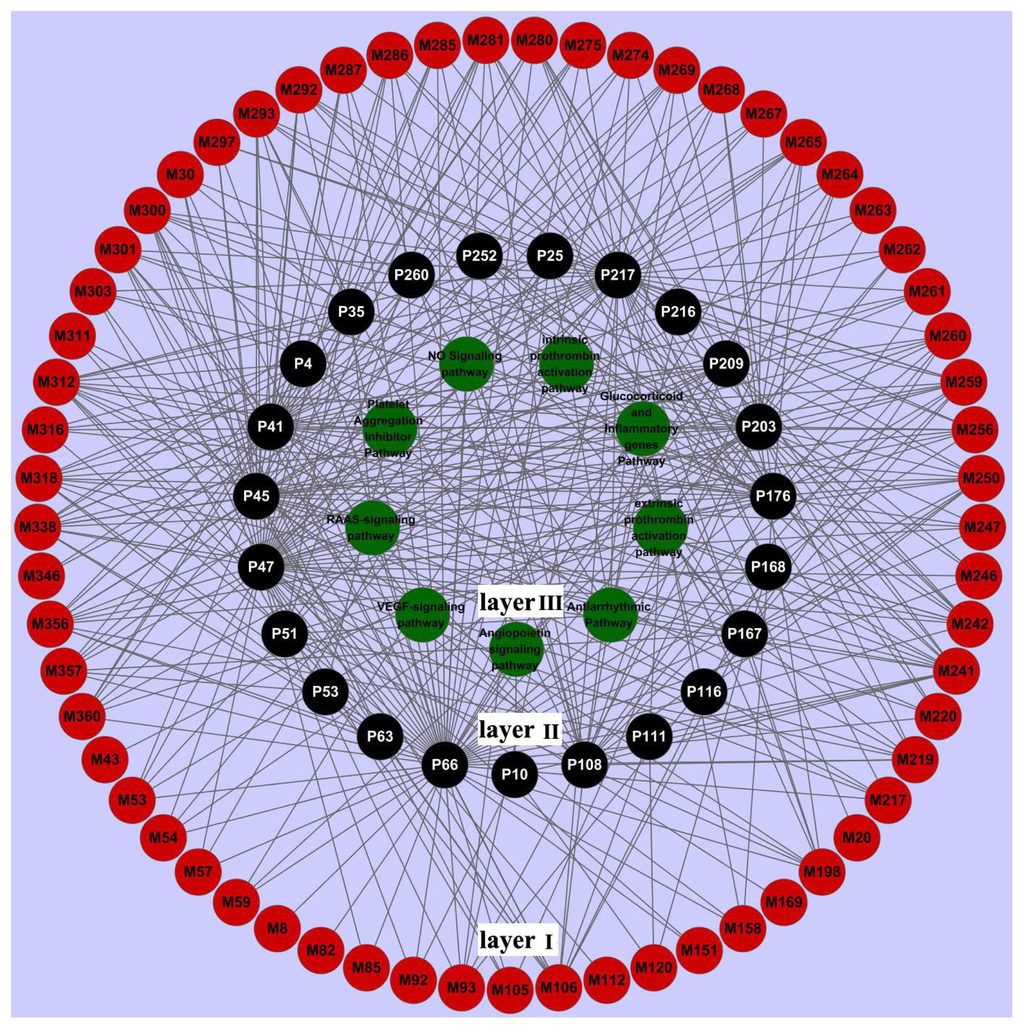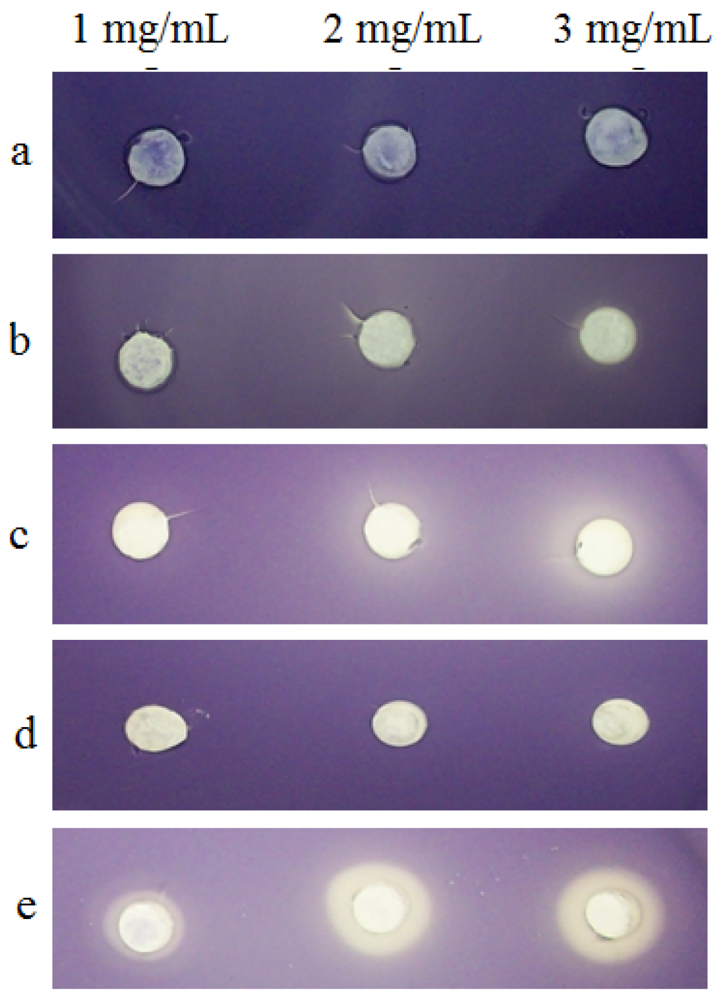Desde janeiro deste ano um amplo conjunto de atividades em torno das agroflorestas está sendo efetivado no litoral do Paraná. Trata-se da articulação de organizações governamentais, não-governamentais, movimentos sociais, estudantes e acadêmicos, famílias agricultoras e representantes de comunidades tradicionais, que estão trabalhando juntos, em prol da irradiação dos sistemas agroflorestais (SAFs).
Na região, 40 famílias agricultoras distribuídas nos municípios de Morretes, Antonina, Paranaguá e Serra Negra já atuam efetivamente com os SAFs assessorados pela Cooperafloresta (Associação dos Agricultores Agroflorestais de Barra do Turvo/SP e Adrianópolis /PR), por meio do Projeto Agroflorestar, patrocinado pela Petrobras através do Programa Petrobras Socioambiental.
“Mas ainda há muitas famílias agricultoras distribuídas nos sete municípios do litoral que desejamos alcançar. Para tanto, estamos fortalecendo ações para impulsionar um projeto em comum, o da multiplicação das agroflorestas na região”, enfatiza Manoel Lesama, professor doutor de Agroecologia da Universidade Federal do Paraná (UFPR / Litoral), que integra a articulação que atua com sistemas agroflorestais no Litoral do Paraná.
Arco de alianças em torno dos SAFs
Além do professor Lesama, o trabalho é desempenhado pelos engenheiros agrônomos Luis Fernando Martin (Emater de Antonina) e Carlos Eduardo Siole Soane (Embrapa Curitiba), pela Motirõ Sociedade Cooperativa (composta por ex-alunos da UFPR), pela Cooperafloresta (Projeto Agroflorestar), além de representantes de movimentos sociais, a exemplo do Grupo Gralha Azul, do Assentamento Pantanal.
Litoral paranaense – onde a Floresta Atlântica e manguezais ainda prevalecem
O litoral paranaense caracteriza-se como área prioritária no que tange à conservação, já que a região configura-se como um mosaico de unidades ambientais no qual há fragmentos representativos do bioma Mata Atlântica bem preservados e extensas áreas cobertas de manguezais. Daí a importância do apoio recebido da Petrobras para as ações socioambientais em desenvolvimento através do Projeto Agroflorestar.
“Considero o resultado do trabalho que já pode ser aferido no litoral paranaense uma imensa vitória do Projeto Agroflorestar. Lá, além de fortalecer e expandir as agroflorestas, o Projeto somou esforços com uma organização de instituições e pessoas atuando em prol dos SAFs, atuando de forma articulada e complementar”, pontua Nelson Eduardo Corrêa Netto, engenheiro agrônomo, coordenador do Projeto Agroflorestar e técnico da Cooperafloresta.
“Lá, os Sistemas Agroflorestais são fundamentais, já que as famílias agricultoras da região não tinham como produzir alimentos diante da abundância ainda preservada da Mata Atlântica, dos manguezais. Então, o cuidado com o meio ambiente nesta região exige o olhar, a concordância e os esforços das autoridades de todas as esferas do governo e atores sociais. Além de ser fundamental plantar, colher e viver dignamente, o cuidado com a preservação dos recursos naturais deve ser redobrado”, finaliza o coordenador do Projeto Agroflorestar.
Próximos Passos: fomento à produção
Luis Fernando Martin, da unidade municipal da Emater de Antonina, há dez anos busca articular ferramentas de trabalho, parcerias, recursos, para proliferar as agroflorestas. Aos poucos, foi encontrando pessoas de vários âmbitos que atuavam em consonância, efetivando metodologias e viabilizando recursos para apoiar e aumentar o número de famílias agricultoras agroflorestais.
“Para tanto, os mutirões do Projeto Agroflorestar são fundamentais. É a forma de propagação da informação e de capacitação mais funcional que já trabalhamos. Depois de somarmos esforços com a Cooperafloresta não temos mais problemas com a comercialização coletiva dos produtos aqui produzidos. Agora, faltam produtos, logo, precisamos alcançar novas famílias agricultoras para fomentar a produção. Muitas delas, ficam isoladas, são ribeirinhas, caiçaras. Não têm recursos para sair de barco para fazer parte do mutirão que ocorre, por exemplo, no acampamento José Lutzemberg, em Antonina. Mas, ao lado da Cooperafloresta, através do Projeto Agroflorestar, temos a meta de atingir mais 40 famílias agricultoras”, pontua.
O Programa Petrobras Socioambiental estimula o processo participativo comunitário e a construção de autonomia e sustentabilidade das propostas apoiadas. Neste sentido, a atuação dos agentes multiplicadores é estratégica para a consolidação e continuidade das propostas, pois, enquanto membros das comunidades locais, possuem vínculos e compromissos que extrapolam o âmbito do projeto. Neste sentido, tem-se buscado capacitar as organizações locais na perspectiva da sustentabilidade das ações, a exemplo da oficina sobre elaboração de projetos, em Antonina, realizada pela Cooperafloresta dentro do Projeto Agroflorestar.
Em sintonia com os demais integrantes dos Grupos de Trabalho, Billidhol Oliveira Mateus, representante da Motirõ Sociedade Cooperativa(http://www.motiro.org), enaltece a importância destaorganização em torno dos SAFs no Litoral, em prol da sinergia entre diversas instituições. “Somando esforços formamos um colegiado para organizar localmente as atividades do projeto, definindo estratégias para expandirmos a Agrofloresta enquanto modelo produtivo, adequado às condições da região”.
Billidhol aponta resultados práticos que já podem ser conferidos para a geração de trabalho e renda no campo e para despertado o interesse de muitos jovens filhos de agricultores. “Observamos, neste último ano, que só na comunidade do Rio Pequeno, em Antonina, cinco jovens que haviam saído da comunidade para estudar ou busca de trabalho, retornaram após o início da comercialização dos produtos agroflorestais nos programas governamentais de aquisição de alimentos”.
“Estas iniciativas do Projeto Agroflorestar são essenciais para criarmos condições favoráveis para que as comunidades desenvolvam suas autonomias”, sinaliza o professor Lesama. “Não podemos trabalhar com intervenção momentânea e com ações localizadas. O indivíduo não existe se não fizer parte da coletividade. Então, estamos tentando criar uma organização centrada no coletivo e para o futuro”, finaliza.
“A Cooperafloresta trouxe uma nova vida para todos nós. Está sendo uma experiência marcante, pois vemos, dia após dia, maior diversidade de alimentos nas nossas mesas, nossos filhos dedicados a estudar para dar continuidade às atividades no campo, as mulheres envolvidas na transformação dos alimentos e nós, replicando nossos conhecimentos”, relata Ademir Fernandes, articulador regional do Projeto Agroflorestar em Morretes.
A Cooperafloresta (Associação dos Agricultores Agroflorestais de Barra do Turvo/SP e Adrianópolis /PR) nasceu em 1996. Em 2003 foi formalizada e hoje atua diretamente com 120 famílias agricultoras e quilombolas de Adrianópolis (PR) e Barra do Turvo (SP). Também assessora 180 famílias agriculturas assentadas, distribuídas nos municípios de Morretes, Antonina, Paranaguá, Serra Negra e Lapa (Paraná); Ribeirão Preto e Apiaí (São Paulo).
Em todas as localidades promove o fortalecimento da agricultura familiar e camponesa assessorando os processos de organização, formação e capacitação das famílias agricultoras, planejamento dos sistemas agroflorestais, além do beneficiamento, agroindustrialização, certificação participativa e comercialização da produção.
Além do Projeto Agroflorestar, a Cooperafloresta executou três outros projetos patrocinados pela Petrobras que tem se configurado como uma parceira fundamental para a consolidação, qualificação e multiplicação da prática agroflorestal, geração de renda e promoção da conservação ambiental
Em 2013, a prática agroflorestal desenvolvida pela Cooperafloresta classificou-se em segundo lugar no Prêmio Tecnologia Social promovido pela Fundação Banco do Brasil. A premiação teve 1.011 projetos inscritos em cinco categorias distintas, e apenas 15 projetos premiados. A tecnologia social em questão foi a ‘Agrofloresta baseada na estrutura, dinâmica e biodiversidade florestal’, da categoria “Comunidades Tradicionais, Agricultores Familiares e Assentados da Reforma Agrária”.
Sobre o Projeto Agroflorestar
O Projeto Agroflorestar – iniciativa que busca o equilíbrio entre o desenvolvimento humano e o meio ambiente – está sendo apoiado pela Petrobras dede 2010. Ao longo de sua execução vem conquistando resultados importantes e muitos avanços, transformando a vida de centenas de famílias agricultoras de diversas regiões do país ao mesmo tempo em que recupera e conserva os recursos naturais.
Por Josi Basso

















